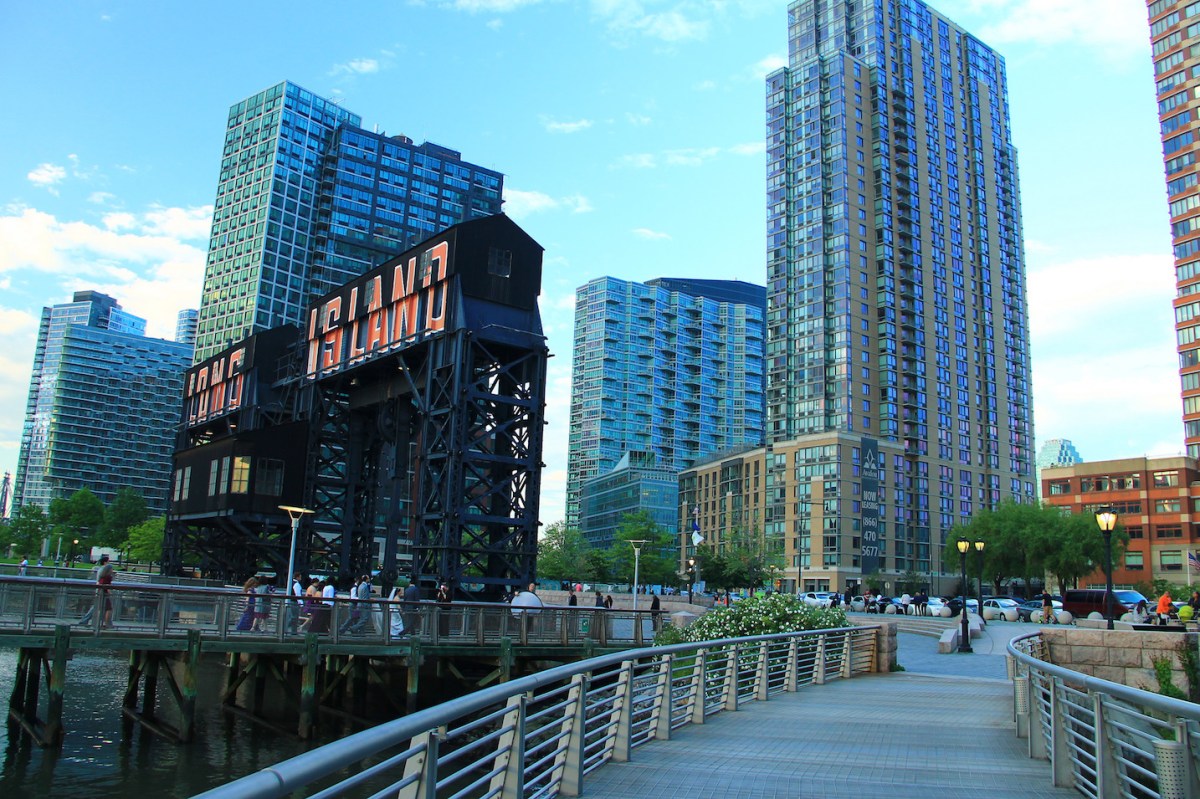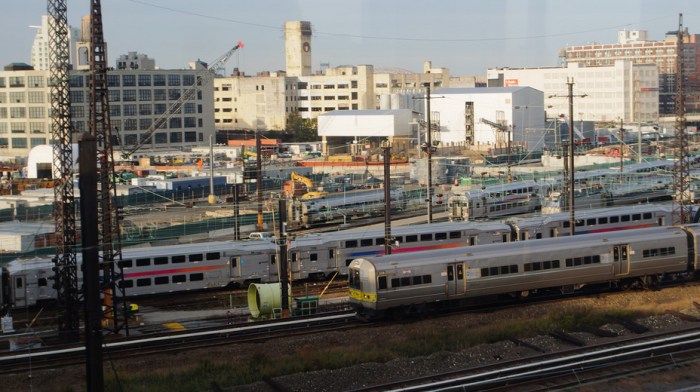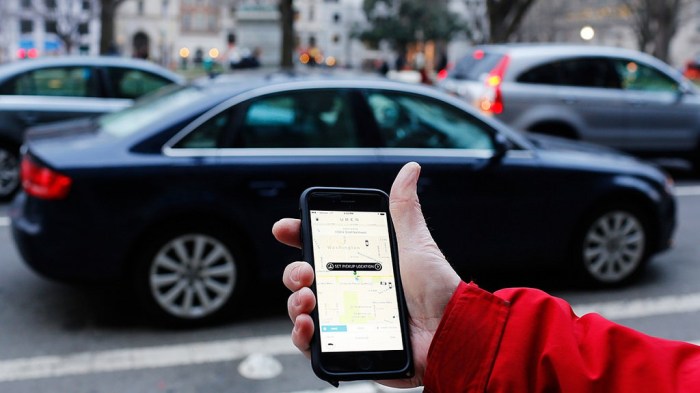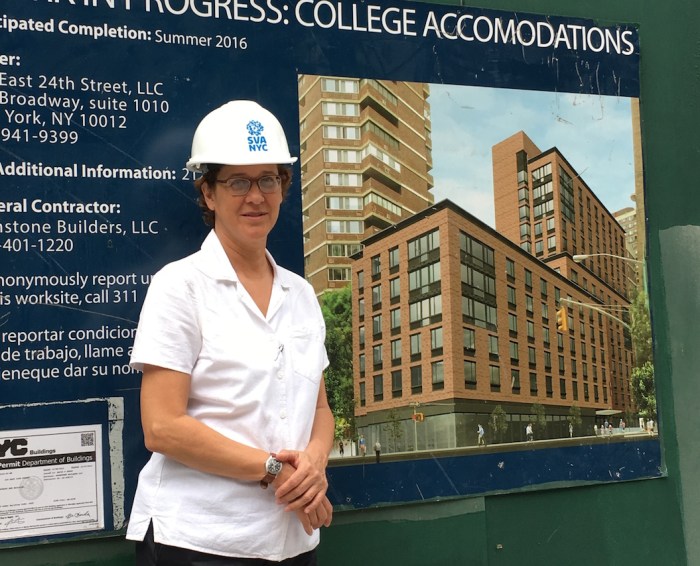It will be a home buyer’s market in 2017, experts from StreetEasy predict in a newly released forecast report.
With transportation changes taking effect, price hikes slowing and more people spreading to less trendy neighborhoods, the year to come will be a ripe time for buyers. Prices for luxury dwellings in Manhattan saw continuous decline in 2016, and that’s expected to “seep into the rest of the market,” StreetEasy economist Krishna Rao told Metro. The rate of luxury development is simply outpacing demand. “For the buyers, if you’re thinking about making the leap, have saved enough money for a down payment, have your financial house in order, now might be a good time to make a move,” Rao said.
“If you are seller you don’t want to price too aggressively and have your property sit on the market and get stale,” Rao added.
RELATED:Why many New York renters are at a ‘breaking point’ Rao pointed out their “tipping point” metric shows that it would only take five years of renting in a neighborhood for it to become more cost effective to buy.
That doesn’t mean that prices are going down, just increasing at a slower rate.
Gary Malin, president of Citi Habitats, said with myriad new transportation options, including Uber, Lyft, CitiBike and several new subway lines, “the sense of isolation in farther areas is going away.” For example, the StreetEasy report declared Kingsbridge in the Bronx as 2017’shottest neighborhood. Fort Greene, Bath Beach and Prospect Park-Lefferts Gardens in Brooklyn, and Bayside, Queens, rounded out the top five. “By need or desire they are looking at places that weren’t on their hit list,” he said. “Years ago you didn’t have as much luxury outside of Manhattan. Now there are buildings going up in Long Island City that create an amazing lifestyle.” Renters on the other hand might see gentler increases but will still not have the advantage, both Rao and Malin said.
“It’s not a situation where renters will have an ability to negotiate. Rents are still increasing faster than incomes,” Rao said. Looking in areas a little farther away, or getting a new roommate, are renters best bets for meeting the affordability challenge, he said. Yet it’s the big changes in city transportation, such as the new W line, the extended service to Hudson Yards, and the Second Avenue Subway that will ultimately determine the housing market landscape, said Rao. “In many ways transportation is the skeleton on which real estate is built. It will be interesting to see how all the changes in the landscape will transform neighborhoods,” he said.
What to expect from New York City’s 2017 real estate market

Game Shore/Creative Commons
























